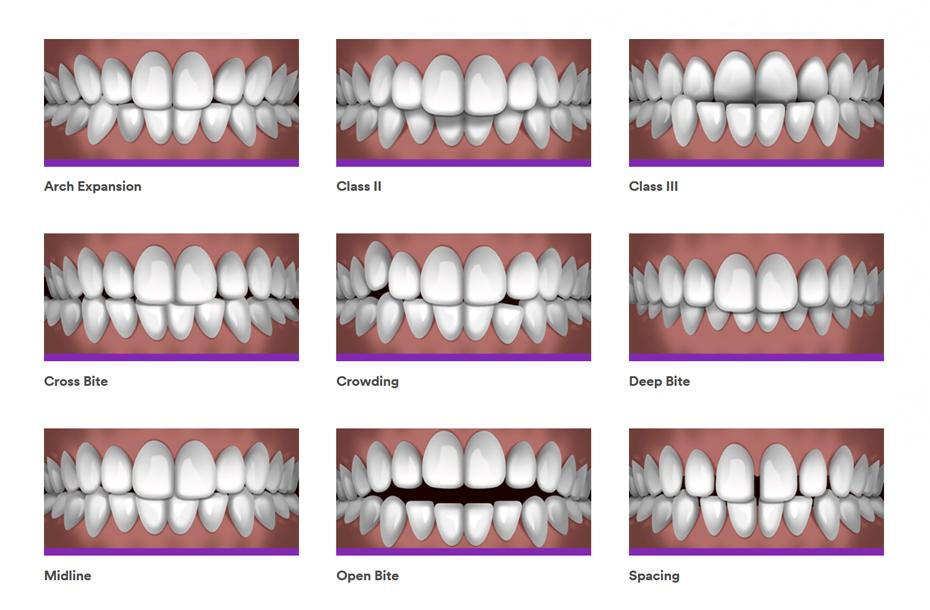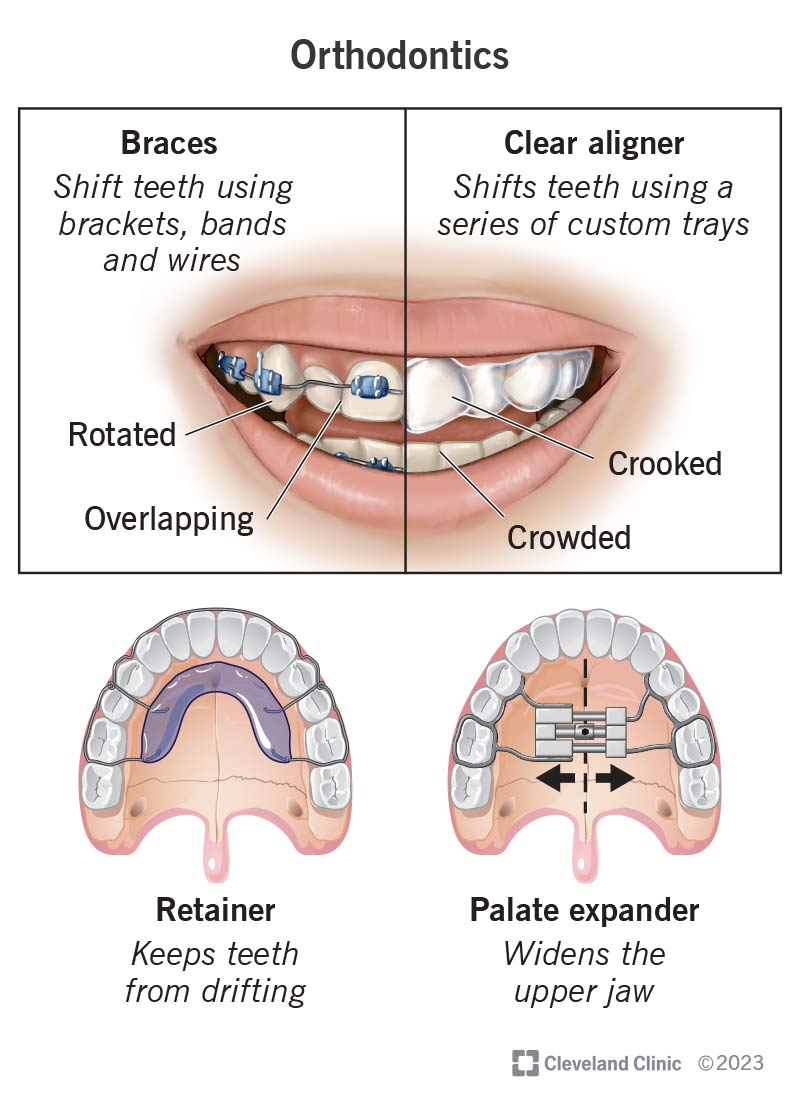The Ultimate Guide To Causey Orthodontics
Table of ContentsThe Ultimate Guide To Causey OrthodonticsTop Guidelines Of Causey OrthodonticsThe Causey Orthodontics PDFsHow Causey Orthodontics can Save You Time, Stress, and Money.The 8-Second Trick For Causey Orthodontics
Neglecting occlusal connections, it was common to get rid of teeth for a range of dental issues, such as malalignment or congestion. The concept of an undamaged dentition was not extensively appreciated in those days, making bite correlations appear unimportant. In the late 1800s, the principle of occlusion was vital for developing trusted prosthetic replacement teeth.As these principles of prosthetic occlusion proceeded, it came to be a very useful tool for dental care. It remained in 1890 that the work and influence of Dr. Edwards H. Angle began to be really felt, with his contribution to modern-day orthodontics particularly significant. At first concentrated on prosthodontics, he taught in Pennsylvania and Minnesota prior to directing his interest towards dental occlusion and the therapies needed to keep it as a normal condition, hence ending up being called the "dad of modern orthodontics".

The concept of ideal occlusion, as proposed by Angle and integrated into a classification system, enabled a change in the direction of treating malocclusion, which is any type of deviation from regular occlusion. Having a complete set of teeth on both arcs was extremely demanded in orthodontic treatment as a result of the requirement for exact partnerships in between them.
The smart Trick of Causey Orthodontics That Nobody is Discussing
As occlusion became the vital priority, face proportions and appearances were disregarded - orthodontist services. To attain perfect occlusals without making use of exterior forces, Angle proposed that having excellent occlusion was the very best means to acquire optimal face aesthetic appeals. With the passing of time, it became rather evident that even an outstanding occlusion was not suitable when taken into consideration from an aesthetic viewpoint
Charles Tweed in America and Raymond Begg in Australia (who both examined under Angle) re-introduced dentistry extraction into orthodontics during the 1940s and 1950s so they might enhance face esthetics while additionally guaranteeing much better security worrying occlusal connections. In the postwar period, cephalometric radiography begun to be made use of by orthodontists for measuring modifications in tooth and jaw placement triggered by development and therapy. It ended up being evident that orthodontic therapy can adjust mandibular development, causing the development of practical jaw orthopedics in Europe and extraoral force steps in the US. These days, both functional appliances and extraoral devices are used around the world with the goal of changing growth patterns and kinds. Consequently, seeking real, or at the very least improved, jaw partnerships had actually ended up being the main purpose of therapy by the mid-20th century.
Examine This Report about Causey Orthodontics
 Until the mid-1970s, braces were made by covering steel around each tooth. https://ko-fi.com/causeyorthodontics., it came to be possible to instead bond metal braces to the teeth.
Until the mid-1970s, braces were made by covering steel around each tooth. https://ko-fi.com/causeyorthodontics., it came to be possible to instead bond metal braces to the teeth.This has had meaningful effects on orthodontic treatments that are provided consistently, and these are: 1. Proper interarchal partnerships 2. Correct crown angulation (tip) 3.
The advantage of the design lies in its bracket and archwire combination, which needs only minimal wire bending from the orthodontist or clinician (orthodontist expert). It's appropriately named hereafter function: the angle of the slot and thickness of the brace base eventually figure out where each tooth is located with little demand for additional control
Some Known Details About Causey Orthodontics
Both of these systems used similar brackets for each and every tooth and demanded the bending of an archwire in 3 planes for finding teeth in their wanted settings, with these bends dictating utmost placements. When it pertains to orthodontic appliances, they are split into two kinds: removable and taken care of. Detachable home appliances can be handled and off by the patient as needed.

Hence, nearly all contemporary fixed home appliances can be considered variants on this edgewise home appliance system. Early 20th-century orthodontist Edward Angle made a major contribution to the globe of dentistry. He developed 4 unique appliance systems that have actually been utilized as the basis for several orthodontic therapies today, barring a couple of exceptions.
Causey Orthodontics - An Overview

The cord finished in a thread, and to move it onward, a flexible nut was utilized, which permitted a boost in area. By ligation, each specific tooth was affixed to this expansive archwire (best orthodontist). Because of its restricted variety of motion, Angle was incapable to accomplish precise tooth placing with an E-arch
These tubes held a soldered pin, which can be repositioned at each consultation in order to relocate them in place. Referred to as the "bone-growing home appliance", this contraption was thought to encourage much healthier bone growth as a result of its capacity for transferring pressure directly to the roots. However, executing it proved troublesome in truth.
Comments on “The Buzz on Causey Orthodontics”